The umbilical cord connects mother and child during pregnancy in the womb. The fetus is connected to the mother's bloodstream via the placenta. After birth, it loses its meaning.
What is an umbilical cord?
The umbilical cord is a fabric tube that creates a connection between the mother's placenta and the child's abdomen. Their development is closely linked to the development of the placenta.
The fertilized egg cell already consists of several cells and continues to develop in the uterus. The outer shell of the egg grows together with the lining of the uterus and thus forms the placenta. It is a combination of maternal and embryonic cells. It not only influences the supply of the fetus, but also affects the mother's organism.
Their interior forms cavities that are filled with blood. From them the blood vessels develop up to the fourth week of pregnancy, from which the blood vessels for the umbilical cord form. By the end of the fourth week of pregnancy, the embryo has developed so far that its heart begins to beat.
At that moment, the umbilical cord takes on its function, which consists of ensuring the supply of nutrients and oxygen. It is also responsible for disposing of metabolic waste products such as carbon dioxide.
Anatomy & structure
When the child is born, the umbilical cord is 50 to 60 centimeters long and 1.5 to two centimeters thick. It consists of a gelatinous connective tissue that is wound in a spiral.
The cord consists of collagens, a few fibroblasts and a large amount of water-binding hyalurons (Wharton's jelly). It is flexible in order to be able to accompany the child in his movements and not to hurt him.
During pregnancy, the child also begins to grab the umbilical cord, play with it, bend it and sometimes chew on it, so that it is exposed to great stress. Their composition protects the inner blood vessels from kinking and thus from an interruption in supply.
Function & tasks
At the beginning, the umbilical cord still consists of four blood vessels, two of which are umbilical arteries and two are umbilical veins. The right umbilical vein recedes in the fourth week of pregnancy.
The arteries bring oxygen and nutrient-poor, but carbon dioxide-rich blood to the placenta, the veins transport oxygen and nutrients to the child. The exchange takes place in the placenta without the blood circulation of mother and child overlapping.
After the birth and the first breath of the child, the umbilical cord loses its function and, after being cut, its functionality. It is therefore possible that the child is supplied with both the umbilical cord and its own breathing at the same time.
If the child breathes regularly, she becomes white and limp. At this point it can be severed without complications. In two places, a few centimeters away from the child's stomach and a few centimeters away from the placenta, an umbilical clamp is attached to each.
Then it is cut through. The child has no nerve cells on this part of the umbilical cord, so cutting it is not painful either. The piece that remains on the child's stomach is cleaned and bandaged. It dries up within a few days and eventually falls off. At this point on the stomach, the navel is then formed.
Illnesses & ailments
If only one umbilical artery is detected, this is called the singular umbilical artery. This occurs in approximately one percent of all pregnancies. If it is detected, the risk of a malformation of the chromosomes or the organs is increased by 30 to 60 percent.
An umbilical cord that is too short can also indicate malformations. It can happen that the fetus cannot move sufficiently as a result of a disturbance in the central nervous system. It can also indicate that the muscles are not trained well enough.
If the umbilical cord is too long, the risk of the umbilical cord becoming tangled is higher. If the child moves too much, the umbilical cord can either kink what is known as a false knot, or it can form an actual knot.
For the latter, the incidence is one to two percent of pregnancies. In both cases this is usually not associated with negative consequences for the child, even if the blood circulation may be temporarily disturbed. The tissue that makes up the umbilical cord usually prevents dire consequences.
The umbilical cord is a greater danger. So it can wrap itself around individual parts of the child's body. Especially when it is around the neck, it can be dangerous. Such a twist occurs at birth in 20 to 30 percent of children.
If the umbilical cord is pressed in so that the blood flow is disturbed, the child must be born as quickly as possible either by forceps delivery or a caesarean section.
The umbilical cord incident is a special case. Here the umbilical cord gets into the birth canal in front of the child's body. Here, too, the birth must take place quickly.
If the umbilical cord breaks (omphalocele), the child's organs such as the intestines or the liver protrude from the abdomen. However, they continue to develop outside of the abdomen. This can already be seen on the ultrasound and can be corrected with an operation immediately after the birth.

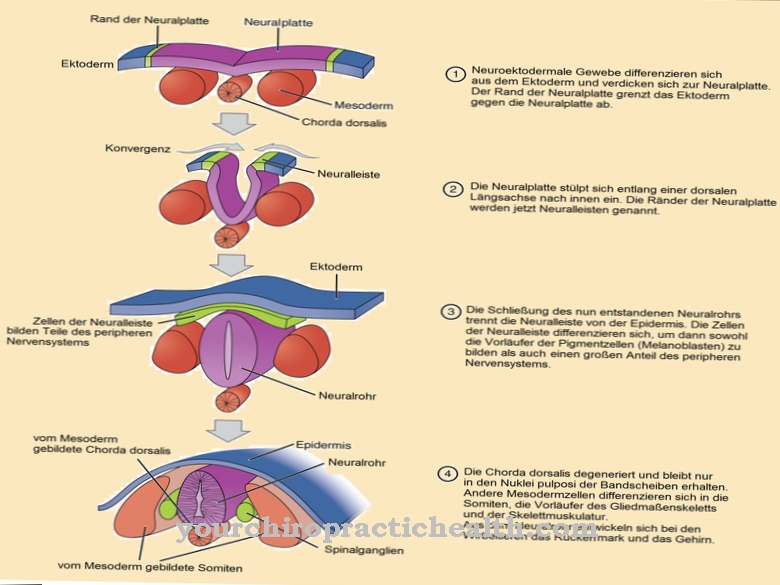
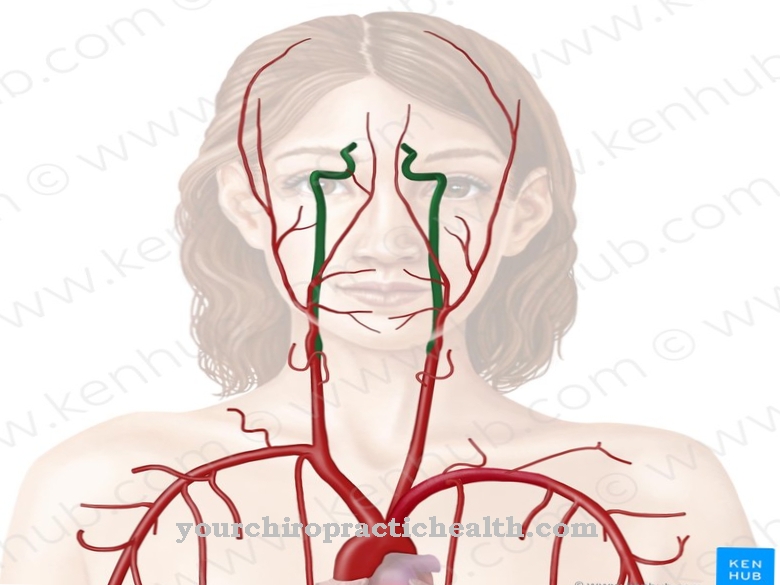
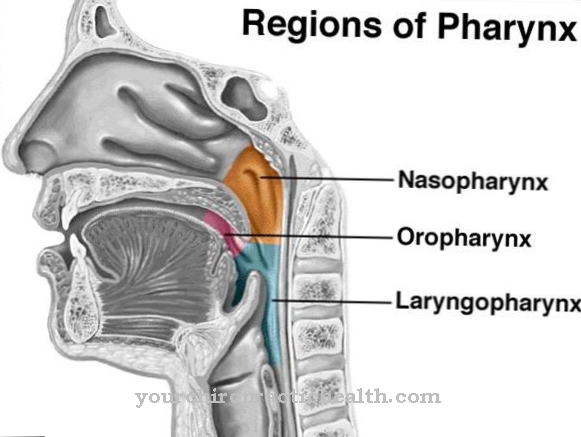

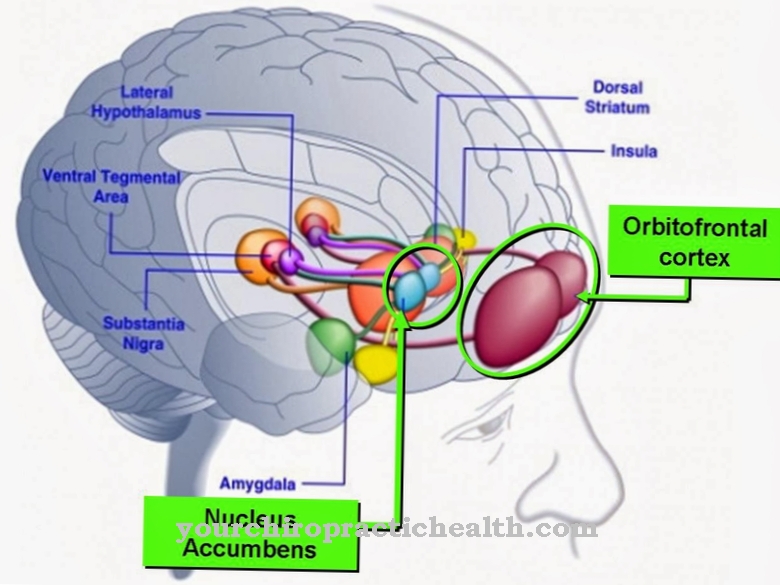
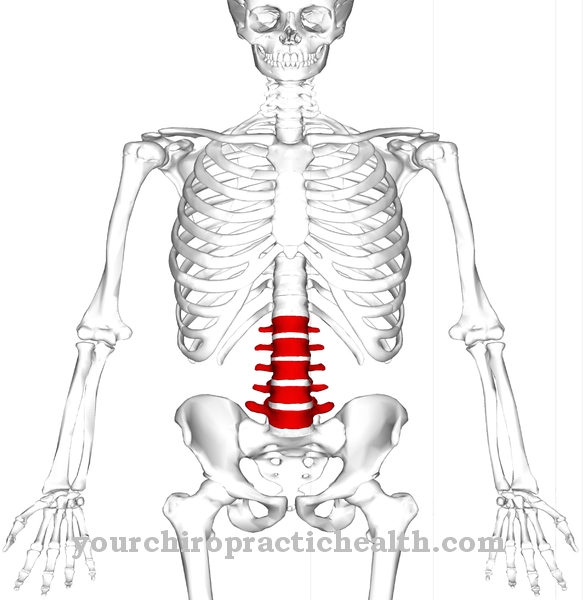

















.jpg)



